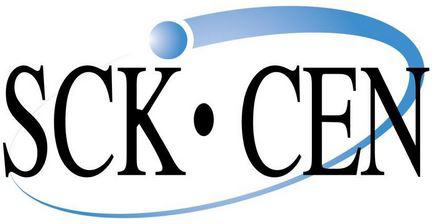Belgium’s Council of Ministers has just approved six hundred and forty-six million dollars to construct the Myrrha accelerator-driven research reactor at the Belgian Nuclear Research Center’s (SCK-CEN) site in Mol. This funding will cover the period from 2019-2038. The funds will be used for construction of the first important part of Myrrha which is referred to as the Minerva installation. The funds will also be used for the research and development to support the Minerva installation and operating costs for Minerva following the completion of construction in 2026.
The Belgian government also approved the establishment of an international non-profit-making body known as AISBL/IVZW Myrrha. The body has a special legal status that is adopted by big projects that are financed by multiple foreign states. A spokesman for SCK-CEN said, “This decision will strengthen promotion and reception of foreign partners which are interested in the Myrrha project and its applications.”
Myrrha or the Multipurpose Hybrid Research Reactor for High-tech Applications will be a sub-critical assembly. Accelerated protons will trigger the release of neutrons in a low-enriched uranium core. This will result in brief periods of criticality in the core. The fifty-seven-megawatt thermal accelerator-driven system will deliver a six hundred million electron volt beam to a liquid lead-bismuth spallation target. This target is coupled to a subcritical fast reactor cooled with liquid lead-bismuth.
Myrrha is replacing the aging Belgium BR2 research reactor. It will be used for a variety of research functions such as demonstrating the practicality of the idea of transmuting the radionuclides with long half-lives in nuclear waste. Other research areas include nuclear physics, atomic physics, fundamental nuclear interactions, solid-state physics and nuclear medicine. It will also be used to produce radioisotopes for medical diagnostics and treatment.
The Director General of SCK-CEN said, “Thanks to its unique and innovative nature, the research infrastructure will attract researchers from all over the world to Belgium and will train a new generation of experts to provide technological solutions to these major challenges.”
The project is part of the European Strategy Forum on Research Infrastructures. It is also one of three new research reactors that are an important part of the European Research Area of Experimental Reactors. The other two new research reactors are the Jules Horowitz reactor at Cadarache in France and the Palla reactor at Petten in the Netherlands.
The construction of Myrrha was approved by the Belgian government in 2010. Belgium has committed to suppling forty percent of the one thousand one hundred and ten dollars projected cost for the whole project. Other participants will include the European Union and the European Investment Bank. A total of seventy percent of the cost will come from members of the European Union.
The director of the Myrrha program said, "Thanks to our government's support, Myrrha has made great progress. I would like to thank everyone who assisted in obtaining this decision and who supported this project from the very beginning, in Belgium and abroad. The political, industrial and local authorities' support also contributed to this success and will remain crucial to complete the project.”
